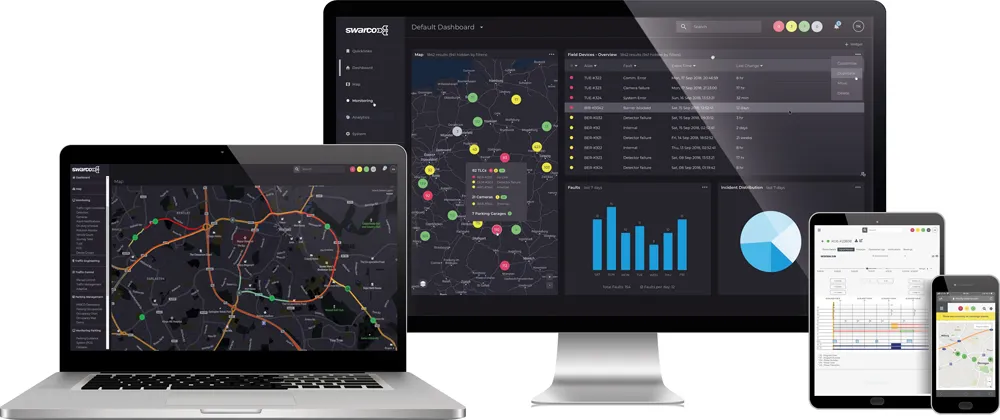Cenex and the Low Carbon Vehicle Partnership have updated their Low Emission Van Guide and accompanying Van Cost and Carbon Calculator (VC3) to provide fleet managers and policy makers with the very latest data on how to make cost and CO2 emissions savings.
The Low Emission Van Guide is aimed at operators of small-to-medium sized fleets of commercial vehicles (up to 3.5t gross vehicle weight). Twelve months after its initial launch the Guide has been updated to reflect a changing market, including new to
July 15, 2016
Read time: 1 min
Cenex and the Low Carbon Vehicle Partnership have updated their Low Emission Van Guide and accompanying Van Cost and Carbon Calculator (VC3) to provide fleet managers and policy makers with the very latest data on how to make cost and CO2 emissions savings.
The Low Emission Van Guide is aimed at operators of small-to-medium sized fleets of commercial vehicles (up to 3.5t gross vehicle weight). Twelve months after its initial launch the Guide has been updated to reflect a changing market, including new topic sheets, information for hydrogen vans, guidance on how to get involved in the low carbon van community, and much more.
The supporting online tool, VC3, has also been updated to include user-defined payload data, bio-fuel blends, congestion charge information and more.
The Low Emission Van Guide is aimed at operators of small-to-medium sized fleets of commercial vehicles (up to 3.5t gross vehicle weight). Twelve months after its initial launch the Guide has been updated to reflect a changing market, including new topic sheets, information for hydrogen vans, guidance on how to get involved in the low carbon van community, and much more.
The supporting online tool, VC3, has also been updated to include user-defined payload data, bio-fuel blends, congestion charge information and more.










